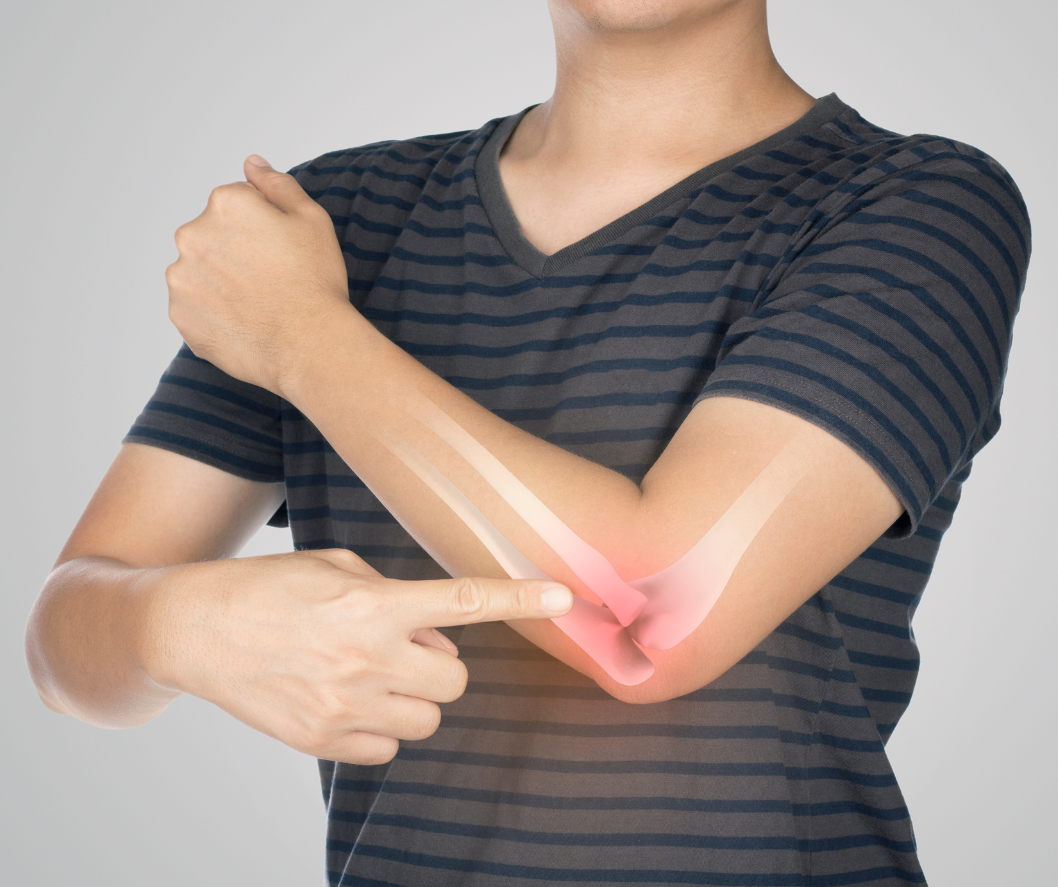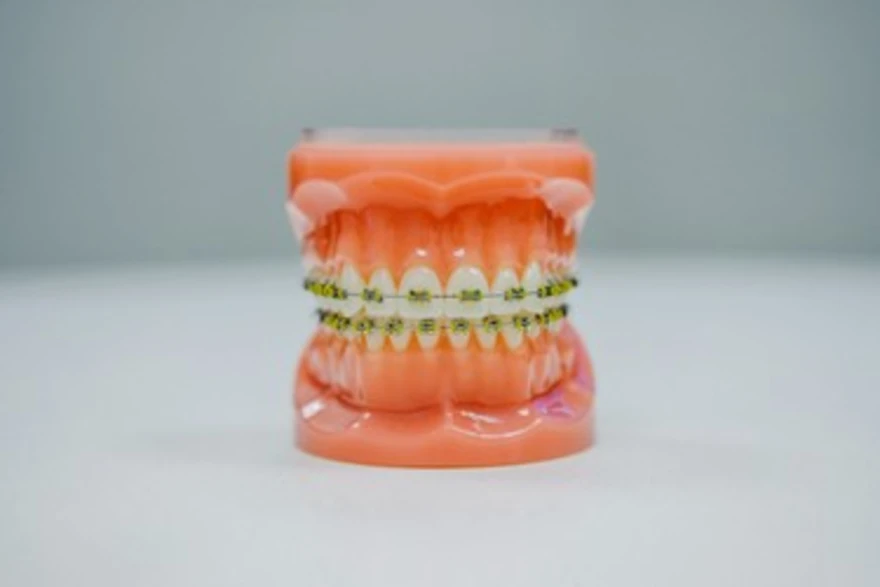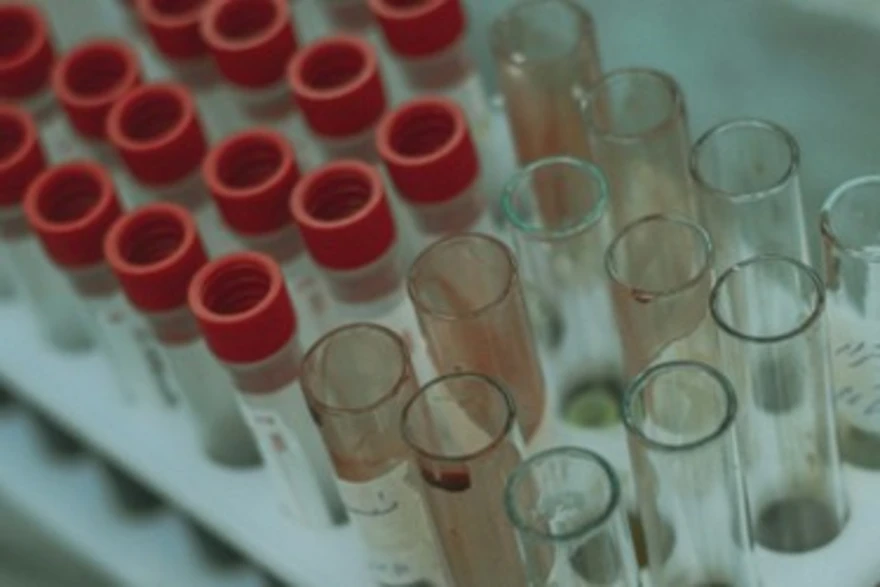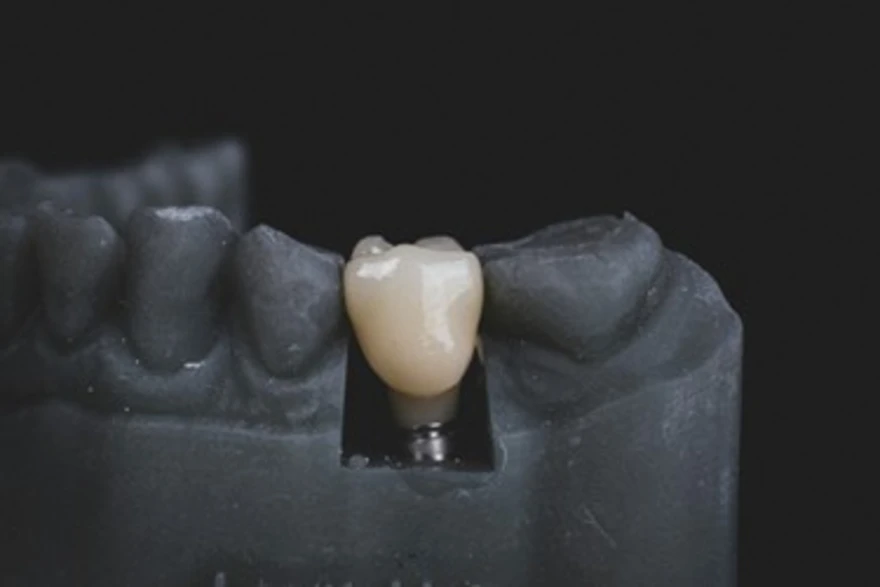Preventive Healthcare
Understanding Bone Diseases: Types, Causes and Treatment

Table of Contents
- Types of bone diseases
- 1. Osteoporosis:
- 2. Osteopenia:
- 3. Osteogenesis Imperfecta (OI):
- 4. Osteoarthritis:
- 5. Osteomalacia:
- 6. Osteomyelitis:
- 7. Fibrous Dysplasia:
- 8. Paget's Disease:
- 9. Osteonecrosis:
- 10. Rickets:
- 11. Bone tumours
- Autoimmune conditions that may cause bone diseases
- Treatment for bone diseases
- Summing up
Bones support your body, protect your organs, and help you move. As you age, they undergo wear and tear and may suffer from bone diseases or lose their density. Caring for your bone health is, therefore, essential for your overall health.
Bone diseases or bone conditions occur due to a faulty diet, lack of nutrition, environmental factors, genetics, and infections. These can affect the flexibility of your body and cause other health conditions as well. Per statistics, 61 million people in India have osteoporosis, one of the most prevalent bone diseases that affect the quality and strength of your bones.
Here, let us look at the different types of bone diseases, bone disease symptoms, and their treatments.
Types of bone diseases
1. Osteoporosis:
Osteoporosis is a bone disease that causes the bones to become weak and easily breakable. It increases the risk of fractures and changes in bone structure due to weakness.
Symptoms:
Osteoporosis has no symptoms in the early stages. However, over time, you may experience:
- Back pain due to fracture or collapsed vertebra
- Bent posture
- Bones that break very easily
2. Osteopenia:
Osteopenia involves a loss of bone mineral density that leads to weak bones. It is common in people above 50.
Symptoms:
Osteopenia causes no symptoms. However, it increases the chances of other bone conditions, such as osteoporosis.
3. Osteogenesis Imperfecta (OI):
It is a rare disorder of connective tissues. It is also called brittle bone disease. It occurs due to an abnormality in the processing of type 1 collagen. Collagen is essential for strong bones and building tendons. However, some changes in the genes can cause collagen defects leading to OI. OI decreases bone density and increases your chances of fractures.
Symptoms:
- Bone pain
- Bone deformity
- Weak bones
- Loose joints
- Weak muscles
- Curved spine
- Weak teeth
4. Osteoarthritis:
Osteoarthritis is a common form of arthritis. It causes joint pain, inflammation and stiffness of joints. It worsens with time and causes the wearing away of the bone in the joint.
Symptoms:
- Difficulty in movement
- Pain and stiffness due to lack of movement
- Swelling
- Warm and tender joints
- Loss of muscle mass
- Inflammation to the tissue surrounding the joints
5. Osteomalacia:
Osteomalacia is a condition that causes the bones to soften. It occurs due to vitamin D deficiency. In rare cases, it occurs due to a kidney or digestive disorder.
Symptoms:
- Pain in the bones and hips
- Muscle weakness
- Bone fractures
- Difficulty walking
6. Osteomyelitis:
Osteomyelitis is the inflammation of the bone caused by a bacterial or fungal infection. It causes swelling of the bone marrow and the soft tissues inside.
Symptoms:
- Fever
- Difficulty in movement
- Nausea
- Sweating or shivering
- Irritability
- Loss of appetite
- Low back pain
- Pus formation
7. Fibrous Dysplasia:
Fibrous dysplasia is a rare bone condition. Here, the healthy bone is replaced by fibrous bone-like tissue. This increases the risk of fractures. It affects any area in the body. Its symptoms are mild to severe.
Symptoms:
- Exhaustion
- Pain and weakness
- Fractures
- Bone deformity
8. Paget's Disease:
This common bone disease occurs when the body absorbs the old bone and forms an abnormal new one. It causes weak bones, bone pain, arthritis, deformities and fractures.
Symptoms:
- Swollen joints
- Joint pain
- Redness and tenderness of the skin in the affected area
9. Osteonecrosis:
Osteonecrosis occurs when blood flow to a part of the bone is disrupted. This leads to the death of the bone tissue. It affects the hips, knees, and shoulders. It is a painful condition that can affect your mobility.
Symptoms:
- Spasmodic pain
- Joint pain and stiffness
- Limited mobility
- Limping
10. Rickets:
Rickets is a bone condition often observed in children. It is caused due to vitamin D deficiency that may occur from improper nutrition or lack of exposure to sunlight. It causes the bones to become soft and weak.
Symptoms:
- Bone pain
- Tenderness
- Bowed legs
- Weak muscles
- Bones that break easily
- Unusually shaped ribs
- Big abdomen or forehead
- Wide joints in wrists and elbows
- Dental cavities
11. Bone tumours
Bone tumours occur due to uncontrolled cells growing inside the bone. These tumours can be cancerous or noncancerous.
Symptoms:
- Bone pain
- Swelling
- Tenderness
- Weak bones
- Unexplained weight loss
Autoimmune conditions that may cause bone diseases
Bone diseases can also occur due to autoimmune diseases where the body's immune system attacks the healthy cells.
- Rheumatoid arthritis (RA): When the immune system attacks healthy cells in RA, it increases the risk of bone loss and fractures.
- Type 1 diabetes: People with type 1 diabetes have a greater risk of developing osteoporosis
- Celiac disease: If left untreated, this condition can cause difficulty absorbing calcium and increase the risk of bone diseases.
- Systemic lupus erythematosus (SLE): As this condition causes inflammation in many parts of the body, it increases the risk of fractures and bone loss.
Treatment for bone diseases
Bone diseases are diagnosed with the help of:
- X-rays
- MRI Scans
- Blood tests
- Biopsy
Your doctor will prescribe a treatment based on the type of bone disease and its severity. The goal of the treatment is to stop bone loss, strengthen the bones and prevent fractures.
Treatment for bone diseases typically includes:
- Lifestyle changes
- Physical activity
- Dietary changes to include vitamin D, calcium and phosphorus for healthy bones
- Medications to prevent the breakdown of the bones, improve bone mass and prevent further fractures
- Quitting smoking
Certain bone conditions, such as osteonecrosis and bone tumour may require surgery to preserve the joints and remove the tumour.
Conditions like OI need treatments to help control symptoms and improve bone mass and muscle strength. These include medications to strengthen the bones, physical therapy, fracture care, braces for support and surgery to correct bone deformities.
Summing up
If you experience bone pain or fracture, please consult your doctor at the earliest. If you observe changes in your posture, weight, and height or have difficulty moving, consulting a doctor will ensure a timely diagnosis of any bone disease you may have.
Your doctor may advise blood tests to check blood calcium levels, vitamin D levels or alkaline phosphatase to diagnose certain bone diseases. You may be prescribed medications to prevent bone breakdown, physiotherapy, physical exercise and dietary changes to improve and maintain your bone health. Always trust a certified pathology laboratory like Metropolis Labs to run your blood tests. They provide several tests related to bone health. They also offer a full-body check-up package that consists of tests for bone health, too.


























